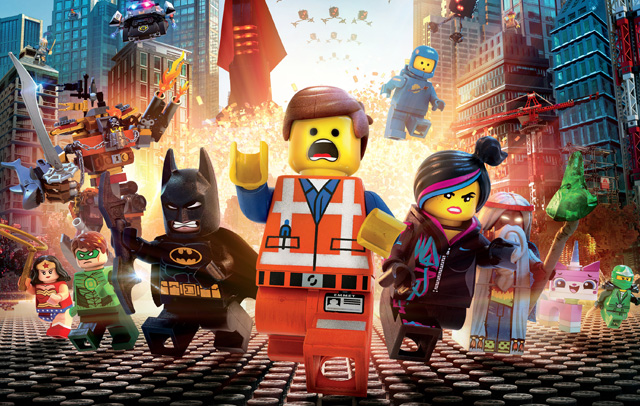This piece was co-authored by Nate Brees and Alexandra Harper.
The key pathology of our time, which seduces us all, is the reduction of imagination so that we are too numbed, satiated, and co-opted to do serious imaginative work. It could be, as is so often the case, that the only ones left who can imagine are the ones at the margin. They are waiting to be heard, but they have a hard time finding a place and a way for their voices.
– Walter Brueggemann, Interpretation and Obedience
Armed with our recent Sunday night viewing of The Lego Movie, we gathered in the Rectory living room ready to do some serious imaginative work. Unfettered imagination was the produce of this week’s Garden of your Mind, our weekly discussions centering around *cino’s core values, and the newly released blockbuster was to offer a springboard for our thoughts.
Our conversation on unfettered imagination began with a tone of hilarity inspired by the film. We had, after all, also read a review of The Lego Movie by Jeffrey Overstreet as one of our correlated text and scenes, quotes, and one catchy song (“Everything is Awesome”) from the movie were present in our minds and ready on our tongues. Thus, the conversation began with more laughter and Lego-mimicry than serious-minded imagination analysis, just as it should have.
The movie portrays a surprisingly well-thought out approach to the necessity of imagination, centering around Emmet, a very-average-man construction worker, in a worryingly-cheerful lego world. When Emmet accidentally fulfills a prophesy and is thrust into the role of liberator to the entire lego universe, he has to choose whether to use his seemingly average but kooky mind to help the oppressed peoples of the Lego Lands or the expose himself as the false hope he believes himself to be. Though we at *cino went into the film with varying levels of skepticism, we all came out with a relatively common conclusion: the film does a brilliant job at taking a multifaceted view on imagination (it supports both teamwork and individuality, “coolness” and “weirdness”, and the importance personalities both upbeat-and-centerstage [Emmet] and introspective-and-chill [Lego Batman]). We also all agreed the film was hilarious.
However, the conversation did inevitably broaden to include facets of imagination outside of the assemblage of Lego. For instance, we discussed *cino’s imagination as it manifests in the Huss Project, most notably in Kirstin Vander Giessen-Reitsma’s article “Ten Things We Imagine at Huss School.” We were reminded of the necessity for community imagination and as we checked off 9 of the once-envisioned 10 imaginings for Huss as now completed, we were struck by the power of communal imagination. We also read two other catapult magazine pieces by Kirstin about the sequestration of imagination and recovering imagination.
Imagination is at the heart of change and, as The Lego Movie eloquently demonstrates, whether you are a master builder or an individual who has never had an original idea his life, your mind can be the birthplace of that imagining. We at *cino encourage you to take some time to invest in some serious imaginative work wherever you might be. To help you get started enjoy this snippet featuring Benny the 1980s-something space guy.
Last modified: March 4, 2020






